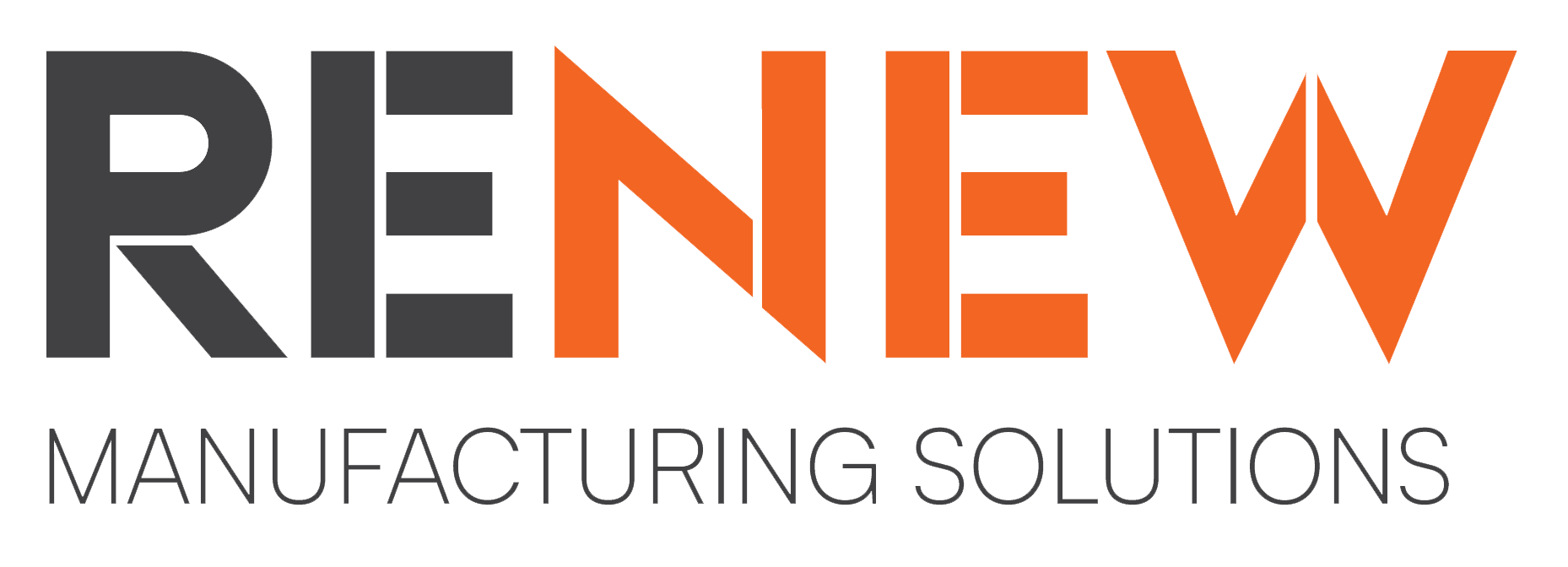Fabtech 2025: Takeaways and Trends Shaping Manufacturing
-1.png)
Fabtech 2025 once again delivered as one of the most important events for manufacturers, showcasing the technologies and trends shaping the industry’s future.
From laser innovations and AI-driven software to robotics and global market shifts, the advancements on display underscored how quickly manufacturing is evolving.
We’re focused on helping manufacturers keep pace with these changes.
Our team attended Fabtech to connect with innovators, explore new tools, and gain insights that can directly benefit our customers and partners. This post highlights some of the most relevant learnings from the event and what they mean for OEMs looking to stay ahead.
Advances in Laser Technology
Laser technology took center stage this year, and for good reason.
The introduction of hand-held laser welding systems is expanding flexibility for manufacturers of all sizes.
Meanwhile, power capabilities continue to increase. What once required a 2K-watt welder capable of quarter-inch welds can now be achieved with a 4K-watt system welding up to ½ inches thick.
Bystronic demonstrated cutting capabilities up to 2 inches thick, while Bodor showcased an impressive 60K laser. These advances raise an important question: At what point will laser cutting fully replace plasma cutting?
Maintenance and cost remain important considerations, especially when evaluating how often slats need to be replaced and whether the investment pays off over time.
Still, the key takeaway is clear.
Lasers are becoming more powerful, affordable, and versatile, bringing high-quality results within reach for more manufacturers.
The Global Laser Market Shift
Another noticeable trend at Fabtech was the growing presence of Chinese laser manufacturers such as Bodor and HSG. Their equipment is significantly cheaper, often up to half the price of leading brands like Amada, Trumpf, and Mitsubishi.
For many buyers, the lower capital expense makes adoption far more accessible.
However, service levels remain a critical question.
Can these companies provide consistent support within the United States? And with no lasers currently manufactured domestically, tariffs and import considerations are a given.
The trade-off between cost and service is becoming a defining factor in equipment decisions. Manufacturers must balance short-term savings against long-term reliability and support.
AI-Driven Manufacturing Software
Artificial intelligence has officially moved beyond buzzword status and into real-world application. Several software providers showcased meaningful upgrades that will directly improve shop performance and customer communication.
Fulcrum ERP’s AI module now allows users to generate reports through simple commands instead of building custom queries. The system identifies errors, tracks material delays, flags missed quotes, and integrates with other software for a more connected workflow.
Paperless Parts also unveiled new AI-driven features, including automated blueprint creation, tolerance analysis, and faster quoting tools. These upgrades act as a second set of eyes, improving accuracy and identifying potential cost or capability issues earlier in the process.
For manufacturers, the benefits are clear.
Faster quoting, reduced lead times, and better communication all contribute to improved efficiency and customer satisfaction.
AI is no longer theoretical. It’s becoming an everyday productivity tool.
Robotics in Manufacturing
Robotics continued to make a strong showing at Fabtech, with more companies than ever integrating automation into their welding and machining processes.
The benefits are hard to ignore.
Once implemented, robotics deliver consistent quality, operate 24/7, and significantly reduce lead times. While setup takes careful planning, the return in productivity and repeatability is substantial.
Recurring projects, such as track welding, are particularly well-suited for robotic applications. Many manufacturers are also exploring collaborative robots (co-bots) and systems where multiple robots work together.
As these technologies advance, they’re helping manufacturers scale efficiently while supporting their existing workforce.
Conclusion: American Manufacturing on the Rise
Fabtech 2025 made one thing clear: The pace of change in manufacturing is accelerating.
From laser systems and AI-driven software to robotics and shifting global markets, every part of the production process is being redefined.
There’s also a renewed sense of optimism about American manufacturing.
Reshoring remains a key focus, and younger generations are increasingly drawn to the field thanks to modern tools, automation, and innovation.
Relationships continue to be a vital part of progress.
Meeting with vendors, partners, and peers in person helps manufacturers better understand capabilities, build trust, and uncover new opportunities for collaboration.
Technology and people together are shaping a bright future for U.S. manufacturing.
ReNEW Manufacturing Solutions is committed to helping OEMs navigate these changes with confidence, leveraging the latest innovations to strengthen operations, improve efficiency, and drive growth.
Connect with us to learn more or submit a project quote today.




